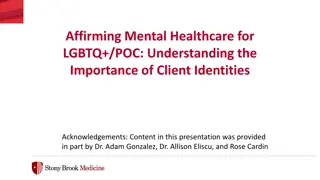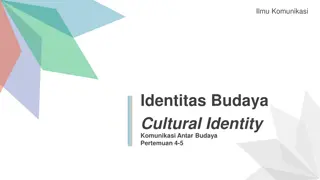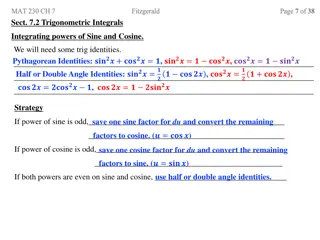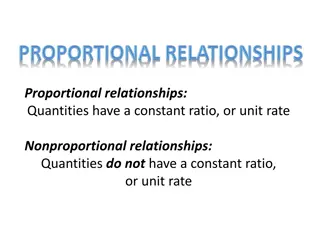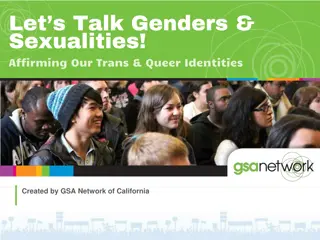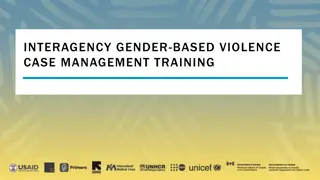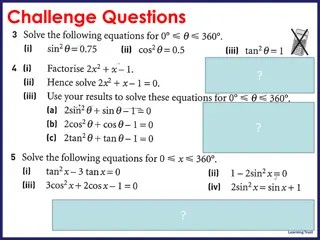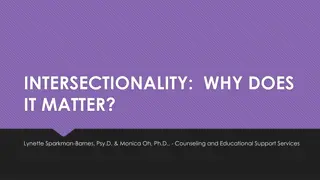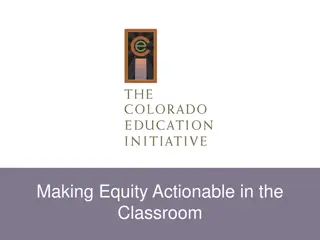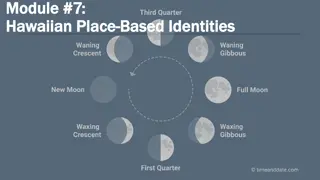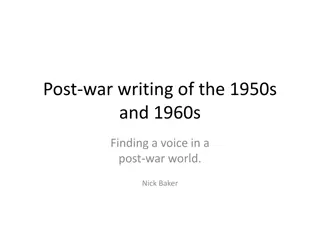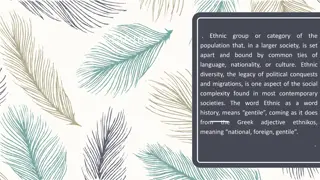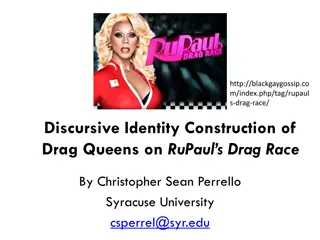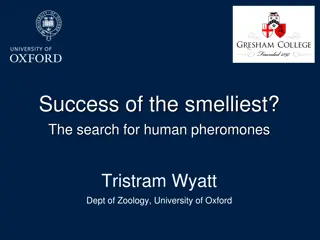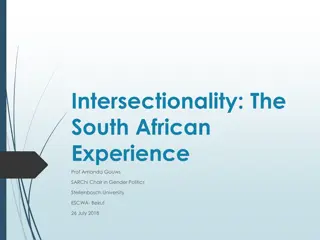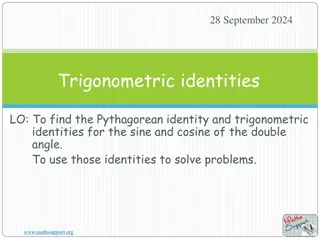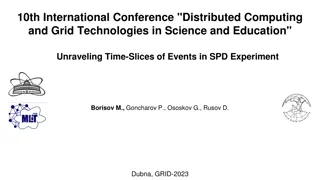Unraveling Relationships and Identities in Richard II
Delve into the intricate web of relationships and identities in Shakespeare's Richard II. Explore the characters' dynamics, the significance of naming, and the ceremonial language that underpins the play's themes of power, order, and belonging in a time of political upheaval.
Download Presentation

Please find below an Image/Link to download the presentation.
The content on the website is provided AS IS for your information and personal use only. It may not be sold, licensed, or shared on other websites without obtaining consent from the author. Download presentation by click this link. If you encounter any issues during the download, it is possible that the publisher has removed the file from their server.
E N D
Presentation Transcript
Recapping of Last Class: Or, Siting/Sighting Richard II A characterization of the High Renaissance sensibility: an at once secure belief in a stable order or Chain of Being (everything in its place) and--at any moment--a radical, "perspectural" destabilization, a complete openness to re- interpretation of the world, to a consciousness of "representation" not as serving to show real connections but as a mask, as mere words, as play and manipulatable ( realpolitik ) rather than as God- given. E.g., The Ambassadors, Hans Holbein (1533)
Today, lets begin with trying to clarify the identify of characters in the play. How clear are you on the relationships between people in Richard II? A) Crystal Clear B) Mostly Clear C) Somewhat Murky D) Very Murky
Who is not related to Richard II? A) John of Gaunt B) Duke of York C) Duchess of Gloucester D) Thomas Mowbray E) Henry Bolingbroke
The opening scene: 1.1.1-29 (film clip, 30 secs. 2.51 secs.) What best describes the language spoken by the characters in the opening scene of Richard II? A) Confusing B) Ceremonial C) Boring D) Repetitive E) Masculine
What does it imply to describe a language or action as ceremonial ?
Why is there such an emphasis on naming? Ceremony is about displaying identity Ceremony tells you your place in the world, literally: Gaunt is time honored Lancaster Henry is Henry Hereford Mowbray is Duke of Norfolk
In Sum: Established order (the Old Order ) is invoked by ordered ceremony and ritualistic naming at the opening of Richard II. In this Order, beings have their place in a Chain of Being and can orderly speak their place and their allegiance to their ruler.
The Question of Truth But suddenly, there is a question of "truth," of real identity as distinguished from "maskedness : Richard says, We thank you both; yet one but flatters us As well appeareth by the cause you come, Namely to appeal each other of high treason. (1.1.25-26)
On what basis do Mowbray and Bolingbroke accuse each other of high treason ?
The accusations of high treason provoke more ceremonial words and actions: Oaths or swearings E.g., 1.1.30-46 and 1.1.78-83 Throwing down and picking up of gages E.g., 1.1.69-74 and 1.1.145 And a ceremonial tournament to determine who speaks truth Richard: 1.1.196-205
What statement best states the logic of the opening play-world whereby a ceremonial tournament would justly decide who is the real traitor? A) Might is right ( la Rambo). B) God chooses and thus sanctifies the winner. C) As a social ritual, no matter who wins, a tournament orderly takes care of the problem. D) Since one of the accusers loses/dies, the dispute is resolved.
But Richard stops the test of truth: 1.3.125-73 Why? A) He doesn t want English and especially royal blood spilled. B) He s fine with aggression at the level of ceremonial language (words) but not at the level of ceremonial action (battle). C) Whoever wins, Richard is implicated. D) All of the above.
What are the Consequences of Stopping the Tournament? Mowbray is banished for life. with banishment comes loss of self- expression and repression. "Within my mouth you have enjailed my tongue" (1.3.166, p. 88) Bolingbroke is banished for 10 years (reverted to 6 out of sympathy for Gaunt). BUT Bolingbroke very soon returns: 2.1.276- 288 (pp. 37-38)
Bolingbroke, 3.3.30-60, p. 63 What does Bolingbroke really want? A) Restoration of his citizenship and lands B) The crown C) To serve Richard as a true subject D) He doesn t fully know E) A, B, and D
A new order is coming into being in Richard II that cannot yet be articulated even by those launching it.
Foreshadowing the new unnamable Order, Part I: Recall the Queen s words to Bushy after Richard leaves for Ireland: . . .methinks Some unborn sorrow ripe in Fortune s womb Is coming towards me. . But what it is that is not yet known what, I cannot name; tis nameless woe I wot. (2.2.9-11) (2.2.39-40)
Foreshadowing the new unnamable Order, Part 2: When Green then arrives and informs the Queen that Bolingbroke has landed in England, the Queen responds: So, Green, thou art the midwife to my woe, And Bolingbroke, my sorrow s dismal heir; Now hath my soul brought forth her prodigy, And I, a gasping, new-delivered mother, Have woe to woe, sorrow to sorrow, joined. (2.2.62-66)
In Conclusion: Bolingbroke is the poster boy for a new world order. But the image he presents is fuzzy, even to himself. What is the character of the new order? How can it be named? And what happens to Richard in this radically changing universe where old Chain of Being values no longer apply? Stay tuned.


